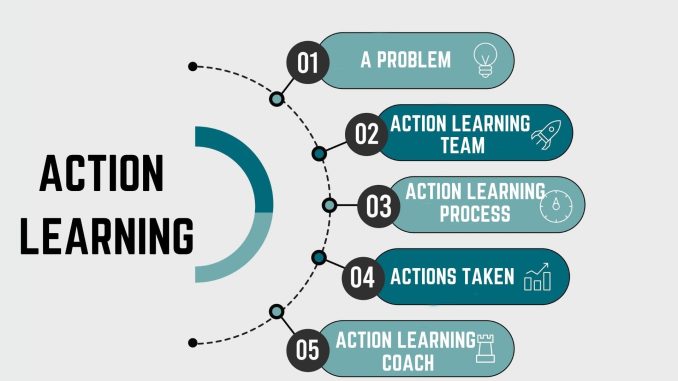
Learning is only as valuable as the action it inspires. In a world overflowing with information, the ability to absorb knowledge is no longer the differentiator—it’s the ability to apply it. Whether you’re attending workshops, reading industry reports, or completing online courses, the real transformation happens when insights are translated into behavior, strategy, and results. Taking action on what you learn is not a passive process; it requires intention, reflection, and a willingness to experiment. It’s the bridge between knowing and doing, and it’s where growth truly begins.
The first challenge in acting on new learning is recognizing its relevance. Not every piece of information warrants immediate application, but the ones that align with your goals, challenges, or opportunities deserve attention. This means developing a filter—a way to assess whether what you’ve learned fits into your current context. For example, a manager who learns about a new leadership framework should consider how it complements their team’s dynamics or addresses a recurring issue. Without this connection, even the most compelling ideas can remain abstract. Relevance gives learning a purpose, and purpose drives action.
Once relevance is established, the next step is to move from concept to implementation. This often begins with small, deliberate changes. Trying out a new communication technique in a team meeting, adjusting a workflow based on a productivity tip, or applying a negotiation strategy in a client conversation are all examples of micro-actions that bring learning to life. These small steps are powerful because they reduce the risk of overwhelm and allow for real-time feedback. They also build momentum. When you see even modest results from applying what you’ve learned, it reinforces the value of the effort and encourages further experimentation.
Reflection plays a critical role in this process. Acting on learning isn’t just about doing—it’s about evaluating. What worked? What didn’t? What could be improved? This kind of feedback loop helps refine your approach and deepen your understanding. It also prevents the common pitfall of applying new ideas rigidly or without adaptation. Learning is rarely one-size-fits-all, and the ability to adjust based on context is what separates effective action from blind execution. A professional who adopts a new project management tool, for instance, might find that certain features work well for their team while others need to be customized. Reflection ensures that learning evolves into wisdom.
Accountability can also accelerate the transition from learning to action. Sharing your intentions with a colleague, mentor, or team creates a sense of commitment and opens the door to support. It’s one thing to say you’ll apply a new strategy—it’s another to explain how you plan to do it and invite feedback. This kind of transparency fosters collaboration and can lead to richer outcomes. In business settings, teams that debrief after training sessions or learning events often generate more actionable insights than individuals working in isolation. They challenge each other, share experiences, and build on each other’s progress.
Timing matters too. Acting on learning doesn’t always mean immediate execution. Sometimes, the best course is to plan, prepare, and wait for the right moment. This is especially true for complex changes or high-stakes decisions. A leader who learns about a new organizational model might spend weeks gathering input, testing ideas, and building buy-in before making a shift. In these cases, action is still happening—it’s just unfolding through thoughtful preparation. The key is to avoid letting learning fade into inertia. Even if the application is delayed, the intention must remain active.
Technology can be a helpful ally in this journey. Digital tools allow you to track progress, set reminders, and document experiments. They can also connect you with communities that are exploring similar ideas, offering inspiration and accountability. But like any tool, their value depends on how they’re used. A learning platform that offers personalized action plans or a productivity app that helps you schedule implementation steps can make a big difference. The goal is to create systems that support follow-through, not just consumption.
Mindset is perhaps the most important ingredient. Taking action on what you learn requires courage—the courage to try something new, to risk failure, and to challenge the status quo. It also requires humility, the willingness to admit what you don’t know and to learn through doing. This combination of boldness and openness creates a fertile ground for growth. It turns learning into a living process, one that’s constantly evolving through experience. A business owner who reads about customer-centric design might start by reworking a single touchpoint, gather feedback, and iterate. Over time, this approach can reshape the entire customer journey.
Ultimately, the power of learning lies in its application. Knowledge that sits unused is like fuel that never reaches the engine. It has potential, but no impact. By taking action—however small, however imperfect—you activate that potential. You turn insight into innovation, theory into practice, and intention into achievement. In a fast-moving world, the ability to learn is essential, but the ability to act on that learning is what drives real change. It’s not about knowing more—it’s about doing better. And that begins with the simple, powerful decision to ask not just “What did I learn?” but “What will I do with it?”